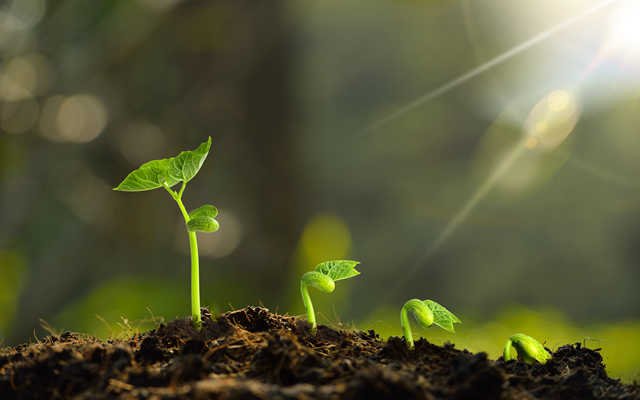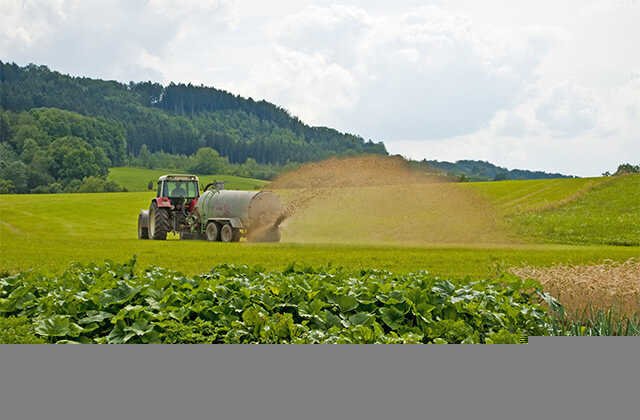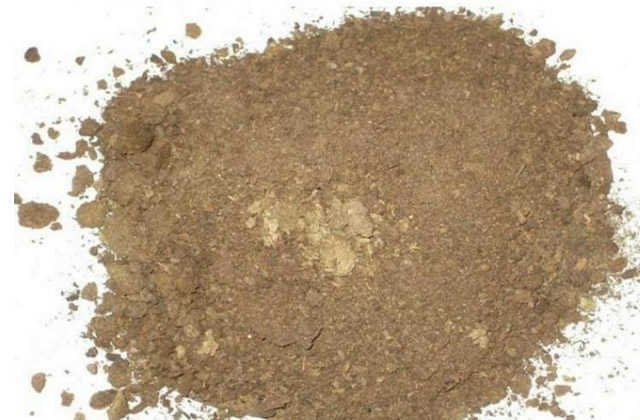Organic fertilizers refer to what fertilizers are the benefits of organic fertilizers
1. What Fertilizers are organic Fertilizers?
Organic Fertilizers are also called farm Fertilizers. It usually refers to the residual or metabolites of animals and plants, such as straw, slaughtering room waste, feces, animal residues, etc. are organic Fertilizers.

2. What are the benefits of using Organic fertilizer
1. Promote the growth of soil microorganisms and promote the absorption and use of crops
Organic Fertilizers contain a large amount of organic matter and are the best places for the growth and reproduction of various microorganisms.Organic fertilizer organic matter can also produce various phenol, vitamins, enzymes, and elements and other substances in the process of rotting, promoting the growth of crop root systems and absorption of nutrients.
2. increase production and improve quality
Organic Fertilizers are rich in organic matter and various nutrients to provide nutrition for crops.After the decomposition of organic Fertilizers, it provides energy and nutrients for soil microorganisms, promotes microbial activity, accelerates organic matter decomposition, and produces active substances such as promoting crops and improves the quality of agricultural products.
3. Improve the soil and cultivate Fertilizer power
After the soil is applied by organic Fertilizers, the organic matter can effectively improve the physical and chemical status and biological characteristics of the soil, mature the soil, enhance the Fertilizer supply and buffering capacity of the soil, and create good soil conditions for the growth of crops.
4. High thermal insulation performance
Organic fertilizer has the function of absorbing heat and temperature increase, which is conducive to the collar and growth of fruit trees.Organic fertilizer will release a certain amount of heat during the decomposition process to increase the temperature of the soil. At the same time, Organic fertilizer has a large heat capacity and good thermal insulation performance.Bar sprouts, growth and wintering are very beneficial.
3. precautions for the use of Organic fertilizer
1. Although Organic fertilizer is very effective, it is not a panacea.The nutrients contained in organic Fertilizers are not balanced and cannot meet the needs of high -yield and high quality of crops.Therefore, when applying organic Fertilizers, chemical Fertilizers can be distributed as required, and various leaf Fertilizers are applied during crop growth.
2. Before using Organic fertilizer, it is best to be fermented.Because many organic Fertilizers have germs, insect eggs, and weed seeds, these are not good for the healthy growth of crops, so they must be applied after processing.
3. Bio -Organic fertilizer depends on its activity to decompose organic matter. Their activity must be achieved under the conditions of a certain temperature, humidity, breathability, and organic matter.Too deeply affects biological Fertilizer activity.Therefore, organic Organic fertilizer is suitable for 10 to 15 cm under the surface.
4. It is not advisable to mix with a single Fertilizer. A single Fertilizer is single due to its ingredients and the degree of acid and alkali is different. If it is applied in large quantities, it will inevitably affect the biological activity of Organic fertilizer.therefore.Biological Organic fertilizer is best used alone.


